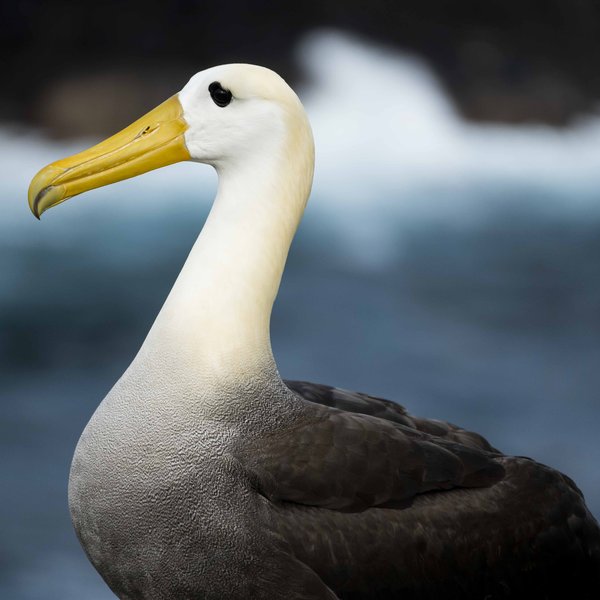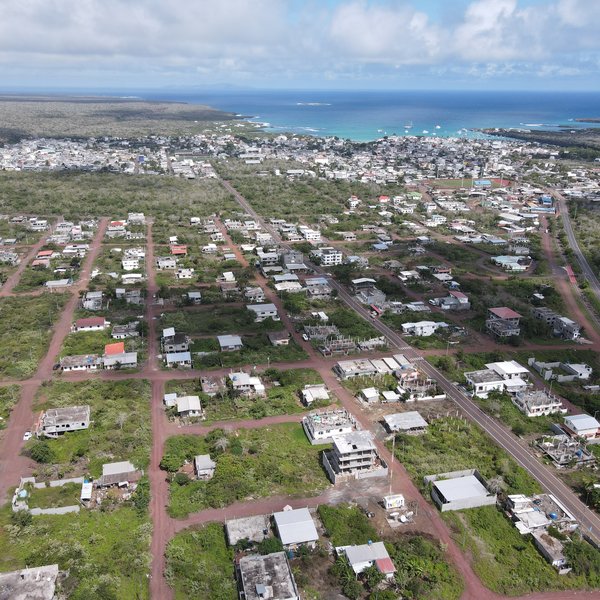Results

Carlos Espinosa/CDF

Carlos Espinosa/CDF

Carlos Espinosa/CDF

Carlos Espinosa/CDF

Carlos Espinosa/CDF

Carlos Espinosa/CDF

Carlos Espinosa/CDF

Carlos Espinosa/CDF

Carlos Espinosa/CDF

Carlos Espinosa/CDF

Boris Herrera-CDF
A Global Gathering for Galapagos at the Houston Zoo
The Charles Darwin Foundation is celebrating 65 years of groundbreaking conservation work in the Galapagos Islands and we want you to be part of it!

Carlos Espinosa/CDF

Carlos Espinosa/CDF

Carlos Espinosa/CDF

Carlos Espinosa/CDF

Carlos Espinosa/CDF

Paúl Mayorga-CDF
Urban and rural restoration
While a mere 3% of the Galapagos Islands are home to people, our presence in this small fraction of the archipelago has put the native vegetation at risk. Our restoration program in urban and rural areas engages the local community in conservation and restoration efforts to secure the long-term health of these unique ecosystems.

Carlos Espinosa/CDF

Carlos Espinosa/CDF

Carlos Espinosa/CDF




